10 important wildlife-friendly habitats
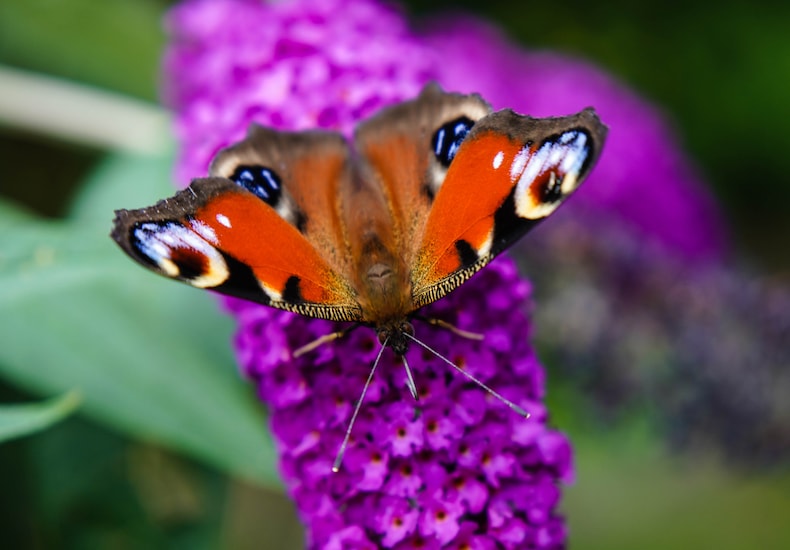
Grow the right flowers and plants to encourage pollinators in your garden
Image: Buddleja davidii 'Harlequin' from Thompson & Morgan
Build the right habitat and they will come! A few easy changes to your garden design will encourage wildlife to visit regularly for food, shelter and to breed. And if you create corridors to other gardens, you’ll be giving local wildlife access to a vast new area in which to thrive. With a little effort you can easily enhance your garden to create a successful ecosystem filled with mammals, insects, birds and amphibians.
Here are ten of the best habitats to support nature in your backyard…
- Traditional lawn
- Long grass and meadows
- Pond
- Hedges and climbing plants
- Nettle patch
- Compost heap
- Log pile
- Stone pile
- Trees and shrubs
- Flowers
For more inspiration, check out our wildlife havens.
1. Traditional lawn

Keep your lawn looking a little wild to help native pollinators
Image: Shutterstock
You might not think that a classic lawn offers much for wildlife. In fact, it’s home to a host of insects which in turn provide food for birds and other animals. By avoiding the use of chemicals, leaving the grass a little longer (around 3 - 5cm) and mowing less often (maybe every two weeks) you can encourage these harmless insects to thrive. Leaving the grass longer during winter and not mowing again until March also provides important shelter and hibernation sites for many insects.
2. Long grass and meadows
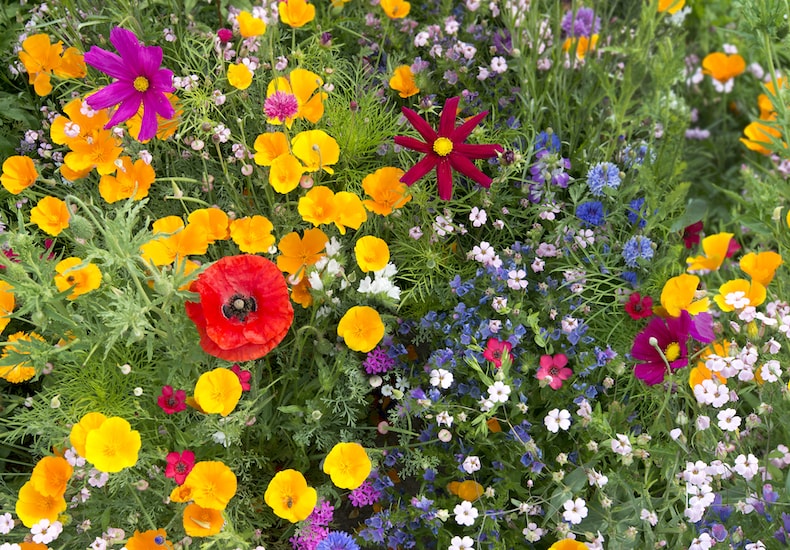
An interesting mix of wildflowers attracts lots of pollinating insects
Image: Wildflower mixture seeds from Thompson & Morgan
Even if you only have a small garden, try to leave areas of longer grass (20-30cm) around the edges to provide shelter for grasshoppers, lacewings and many other creatures. It also produces seed as food for birds. If your garden doesn’t have a lawn, try planting taller ornamental grasses in flower borders, raised beds or containers for the same effect.
If you have more space to play with, a wildflower meadow makes a lovely feature as well as a superb habitat. During the summer months simply mow a path through to allow access without trampling the grass and flowers.
3. Pond
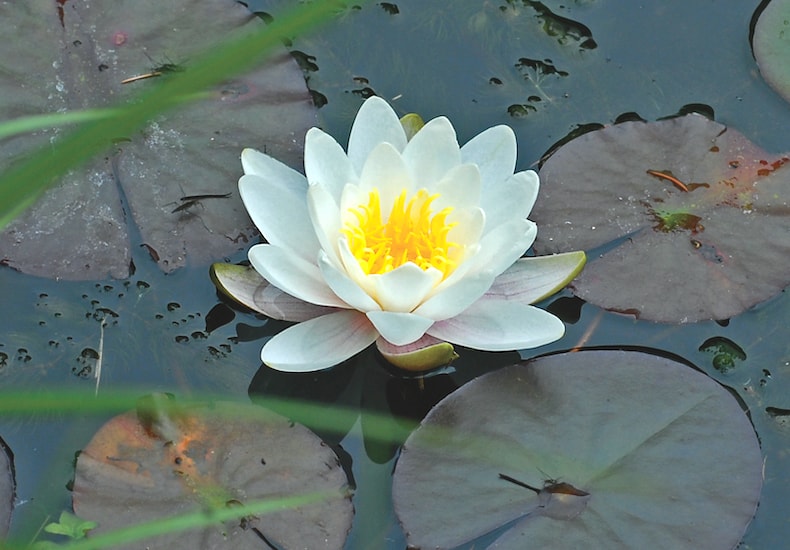
Water lilies provide valuable shelter for aquatic wildlife
Image: White water lily with pond basket from Thompson & Morgan
A well-maintained pond is the single most complex and useful habitat that you can provide in a wildlife garden. Even a small pond is an oasis for wildlife supporting dragonflies, birds, frogs, newts, aquatic insects and mammals. Vital for life, ponds provide an important drinking hole for visiting creatures or a permanent home for those that spend their entire life cycle in the water.
- Make your pond as large as possible - it will be easier to provide and maintain a greater range of habitats.
- Create a gently sloped side to allow mammals and amphibians easy access to the water’s edge.
- Choose a wide range of non-invasive native pond plants including oxygenators, floating plants and marginals.
- Don’t introduce goldfish or koi as they will eat insects and tadpoles.
4. Hedges and climbing plants

Holly has evergreen leaves and bright red winter berries that birds love
Image: Holly hedging from Thompson & Morgan
Hedges are extremely important in providing food and shelter for birds, mammals, and a whole host of insects. Some hedgerows provide important flight routes for bats too. A native mixed hedge is the best way to encourage the greatest diversity of wildlife. Try planting a mix of hawthorn hedges, wild rose, blackthorn, holly, field maple and honeysuckle. See our range of native and wildlife hedging for ideas.
In more urban settings, use walls and fences to support climbers and shrubs. Consider plants like wisteria, pyracantha, honeysuckle and ivy.
5. Nettle patch

Keep a patch of nettles as feeding material for caterpillars
Image: Shutterstock
Most gardeners view nettles as an unsightly weed, but they’re actually one of the UK’s most valuable plants for the wildlife garden. Nettles support over 40 species of insects which, in turn, attract plenty of birds too. Cultivate a few patches of nettles in both sun and shade to encourage the greatest diversity of insects. Cutting back some of the stems in July encourages a fresh flush of leaves as useful feeding material for caterpillars.
6. Compost heap
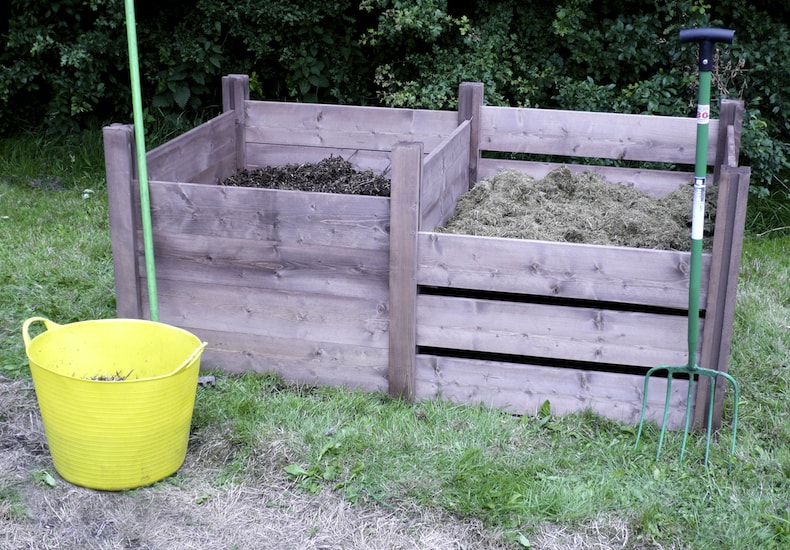
Retain warmth in your compost with a modular bin
Image: Modular wooden compost bin from Thompson & Morgan
A well cared for compost heap will be alive with fungi and bacteria, as well as worms, slugs, snails, beetles and all manner of insects. Birds and insect-eating mammals enjoy the quick meal that this provides. You may even see the odd toad or newt enjoying the warm shelter it provides. A compost heap without a base is the most effective as it allows worms and insects access through the bottom of the heap.
7. Log pile

Even a small garden can provide a wide range of habitats
Image: Shutterstock
In the wild, fallen trees and dead wood provide important shelter for insects and small mammals. You can simulate this habitat by creating a log pile in a shady spot and leaving it to decay over the years. Provide a good mixture of different sized logs with different barks. Oak, Ash, Beech and other native trees are ideal. A layer of leaf litter spread around the base of the pile will provide further habitat for your garden residents.
In time, your log pile may also attract hibernating toads and hedgehogs as well as supporting a large range of fungi.
8. Stone pile

A stone pile can be a great place for insects to hide away
Image: Shutterstock
Have you ever lifted a stone and marvelled at the beasties that lie beneath? Create piles of rocks and stones in various locations around your garden to provide some dark, damp habitats. Try to position your stones in sunny and shady positions as these will attract a greater range of insects and invertebrates. Once in situ, leave your rock pile undisturbed and let the weeds grow up around it.
9. Trees and shrubs
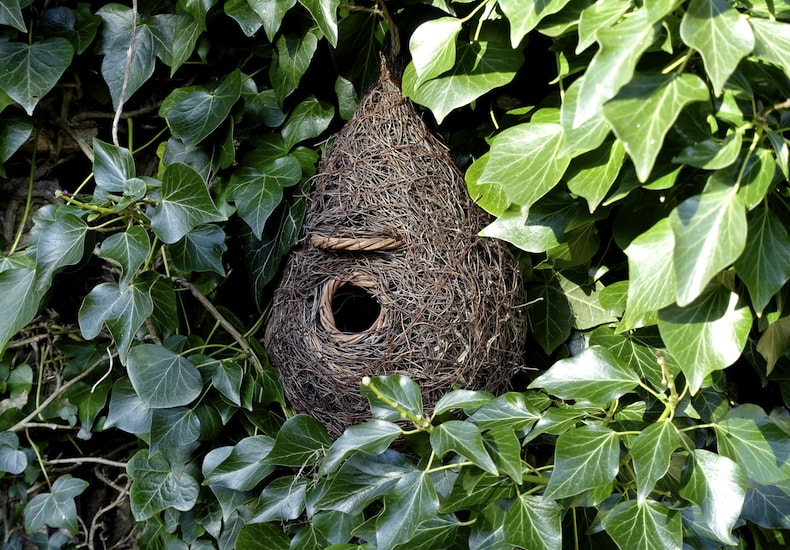
Add roosting pockets to trees or tuck some into ivy
Image: Roosting pocket from Thompson & Morgan
Trees and shrubs provide important nesting sites, food and shelter for a wide range of birds. Taller trees may also provide a suitable roost for bats. If you’re planting trees for wildlife it’s best to choose native species such as Rowan, Birch, Hazel, Hawthorn, Cherry, Spindle and Willow. For larger gardens, Oak, Ash and Beech are also useful for wildlife. See our full range of trees to find something suitable for your space.
10. Flowers
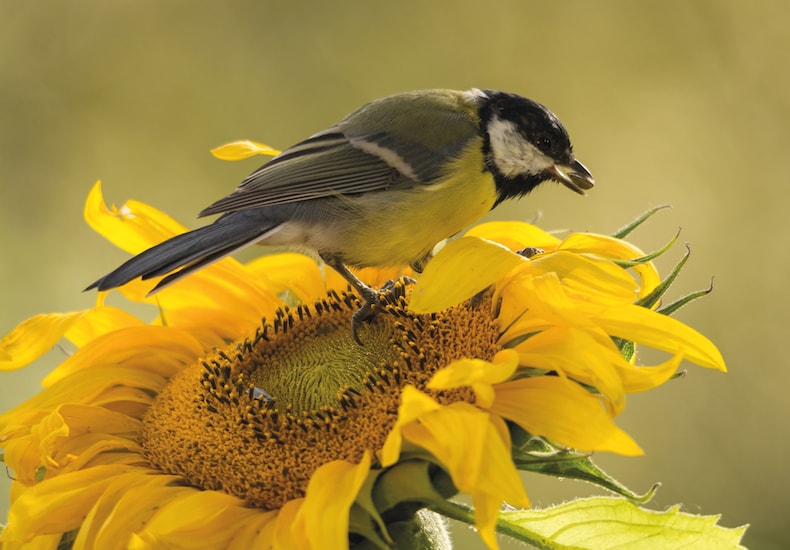
Sunflowers are easy to grow, wildlife-friendly flowers
Image: Sunflower 'Russian Giant' from Thompson & Morgan
Pollinators like bees, butterflies and moths will be grateful for a wide range of nectar-rich flowering plants to visit throughout the year. Try to choose plants with different flowering periods to provide pollen and nectar from spring right through to autumn. Night-flowering plants are also a good way to support creatures that are active through the evening. You don’t need huge flower borders to grow pollinator-friendly blooms. A window box or hanging basket also provide much-needed pit stops! Browse our collection of plants for pollinators for ideas.
We hope we’ve given you lots of ideas on how to incorporate more animal-friendly habitats in your outside space. For a wealth of information and advice on wildlife-friendly gardening, visit our dedicated hub page.
Sign Up For Exclusive Special Offers




© 2025 Thompson & Morgan. All rights reserved. A division of Branded Garden Products Limited.



